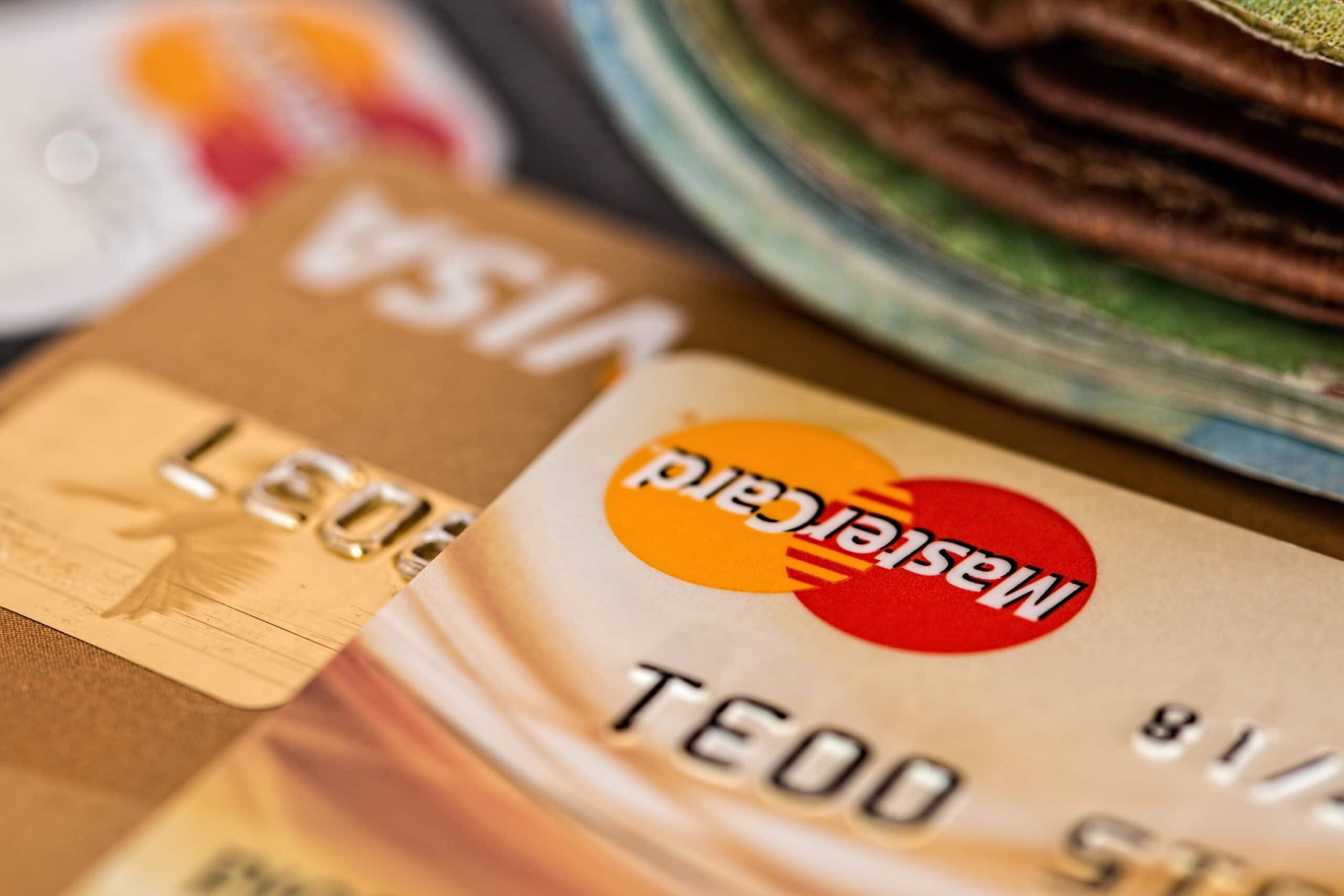According to the Financial Educators Council, between the age of 7 to 9, your child will already have their financial habits formed. Of course, their curiosity about how the world works starts way before that age. When the child reaches maturity, lack of money concept will affect not only his or her financial prospects, but also his or her self-esteem, relationships, and overall enjoyment of life. As a result, teaching money concept to your children should begin as soon as possible. The sooner you begin in teaching kids basic money concept, the better off they will be financially and personally.
Related Articles in this blog:
- 10 Tips for Household Money Management
- Explain Money to Children, 11 Reasons Why it is Useful
- How Young is Too Young to Understand Money?
- Money Lessons for Kids? Values, Saving, Spending and Giving
- 10 Mistakes Parents Make in Teaching Kids about Money
- How Much Should Be a Kids Pocket Money per Week
- How to Teach Kids About Money at Every Age?
Table of Contents
Why is Teaching Kids Money Concept Important?
First, it helps them develop intelligent financial habits at an early age, giving them a better chance of building wealth and achieving their goals in life.
Second, teaching kids value of money can help improve their decision-making skills. As they learn more about how money works, they will be better equipped to make sound financial decisions later.
Finally, teaching kids value of money can help them avoid making common financial mistakes. For example, if they understand the concept of compound interest, they are less likely to fall into the trap of credit card debt.
So, as you can see, teaching kids about money is essential for many reasons. But you might be wondering, what are some specific things you can do to teach kids about money?
Questions Kids Often Ask About Money Concept



Before we get into that, let’s first look at some of the questions kids often ask about money. This will give you a better idea of the topics you need to cover with your kids.
● Where Does Money Come From?
Kids often ask one of the first questions about money “Where does the money come from?” This is an excellent question because it gets them thinking about the source of money. You can explain to them that money comes from various sources, including the government, banks, and businesses.
● Why Can’t We Go to the Bank and Get More?
This here is another common question that kids often ask about money. You can help them understand why this isn’t possible by explaining the concept of inflation. You can also explain that there’s only a limited amount of money in circulation and that banks can’t just print more money whenever they want.
● Why Do Things Cost What They Do?
You can explain that the cost of goods and services is based on many factors, including supply and demand. This will help them understand why things sometimes cost more than we think they should.
6 Basic Money Concepts to Children



Now that we’ve answered some of the commonly asked questions about money let’s look at some specific ways you can teach money concept.
1. Teach Them to Save a Percent of Everything They Earn
One of the most critical money concepts to teach kids is the importance of saving. You can start teaching them this concept by encouraging them to save a small percentage of their earnings.
What percentage should they save? That is entirely up to you. Some parents might start by teaching them to save 50% of their earnings (like me), while others may want to start with something smaller, like 20%.
Whatever percentage you pick, make sure they stick to it. Help them set up a savings account and regularly encourage them to deposit their earnings into that account.
2. Explain the Concept of Good and Bad Debt
You don’t want your child to end up in debt, sure. But you already know that getting a loan is the only option in certain situations.
And while you don’t want your child to get into debt, you also don’t want them to be afraid of it. This could lead them to make poor financial decisions later on in life.
So, what’s the solution? You can teach your kids about the different types of debt and explain that some kinds of debt, such as home mortgage loans, student loans, or other personal growth, can be good debts.
3. Use Games to Teach Them the Basic Money Principles
Games are another great way to teach kids about money. You can play games like “The Allowance Game,” “Cashflow,” and many others designed specifically for teaching money concepts.
If you don’t want to waste money on a set of Monopoly, you’ll play for a few weeks and store it in the closet. It would be best if you looked at your phone, and there are plenty of free teaching money games for kids available online.
Some of the more popular ones include:
- “Budget Challenge” by National Endowment for Financial Education
- “Counting Money” by Sheppard Software
- “Feed the Pig” by the American Institute of CPAs.
Whatever game you decide to use, make sure it is age-appropriate and that the game challenges your child in some way. That will help them learn more effectively and have fun while doing it.
4. Teach the Concepts of Value, Supply, and Demand
We’ve mentioned this earlier, but let’s expand on it.
Understanding value, supply, and demand are essential for anyone interested in making sound financial decisions. And teaching these concepts to kids can be easier than you think.
There are many ways you can go about teaching value, supply, and demand. One way is by using real-world examples, such as teaching them about Amazon prices or the cost of gas at different stations.
Another way is by using toy stores or children’s menus to help illustrate these concepts. If your child wants a particular toy out of stock, you can discuss the idea of supply and demand with them to help them understand why the toy costs what it does.
5. Negotiate Everything With Them to Sharpen Their Skills

You might not think of negotiation as a money concept, but it is an important one nonetheless. After all, every time you make a purchase, you essentially negotiate with the seller.
So, how can you teach your kids this important skill?
One way is by teaching them the art of haggling. Take them to a flea market or garage sale and have them practice haggling with the sellers. They will quickly learn that they can get a lower price on an item if they are willing to negotiate.
You can also use everyday items to help them practice their negotiation skills. For example, you can tell them they can have a larger allowance if they are willing to do more chores.
6. Teach Them How to Live on a $5-a-day Budget

This may sound like an impossible task, but it is pretty doable. The key is teaching your kids how to use their money wisely to make it go as far as possible.
Teach them how to create a budget and stick to it. You may want to set up a “spending account” for them where they get $5 per day to spend on whatever they want. This will help them train their willpower and learn how to allocate their limited funds to make their $5 last for as long as possible.
7. 24 Hours rule

Have you ever heard the expression “sleep on it”? It is sound advice. Allow yourself some time to reflect on important decisions before diving in.
Wait 24 hours if your kid see something that absolutely must have but it is not on his/her shopping list. Do not purchase it. If she or he still want it after 24 hours, go back and get it. Make this rule for every shopping trip. A 24-hour cooling off period will help you avoid impulse purchases that you will forget the next day.
Closing Thoughts
There are many other ways in teaching money concept, but these 7 tips should give you an excellent place to start. Teaching your children basic money concept will help them make better financial decisions later on in life.
About Me
Hi, there. I am Lin. Together with my husband and two kids, we live in the beautiful Netherlands in Europe. I am dedicated to self-development, creating quality time for the whole family, and fully supporting kids with their potentials with all I have learned from engineering, MBA, and 10+ years of working experience in the energy sector.



7 Comments
Comments are closed.